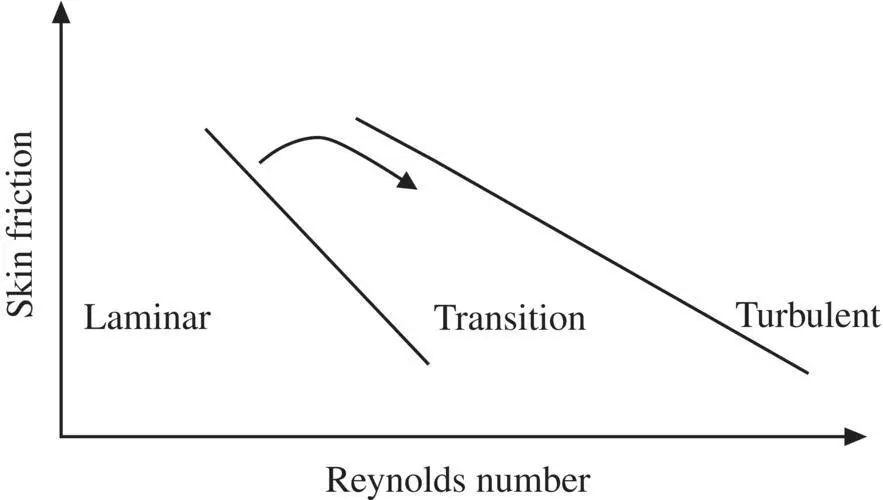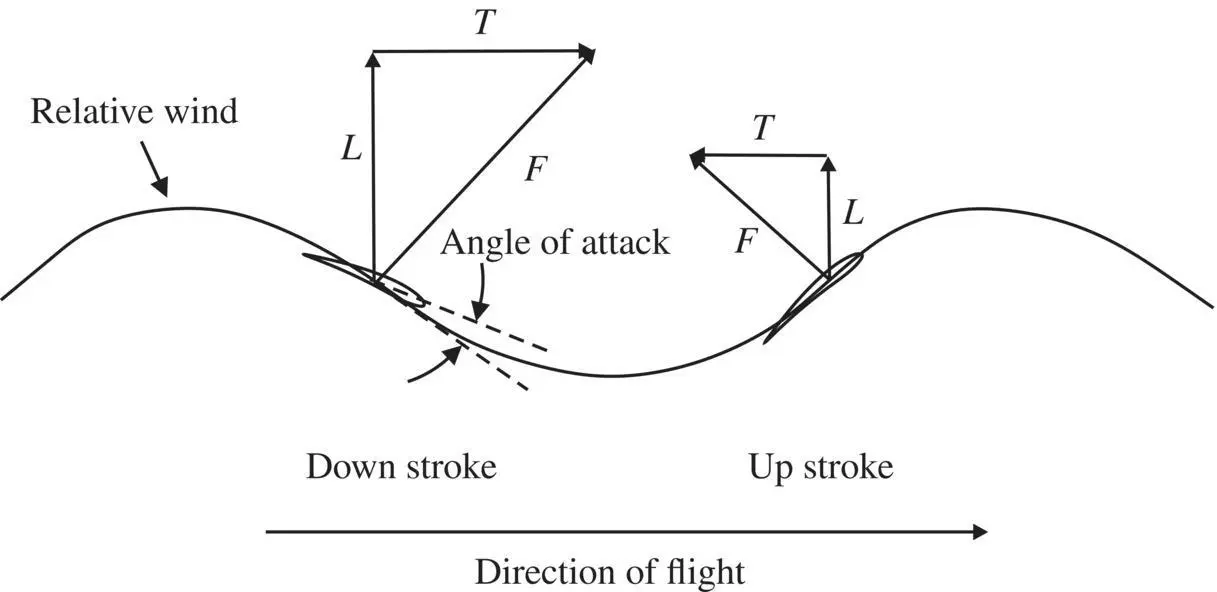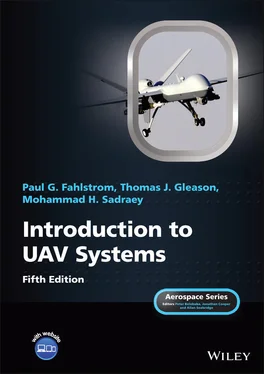
Figure 3.19 Skin friction versus Reynolds number
Specially designed airfoils are required for small lifting surfaces to maintain laminar flow, or the use of “trip” devices (known as turbulators) to create turbulent flow. In either case, the laminar separation bubble is either eliminated or stabilized by these airfoils. Laminar separation occurs with Reynolds numbers of about 75,000. Control surfaces, such as the elevator and aileron, are particularly susceptible to laminar separation.
The friction drag mainly includes all types of drag that do not depend on production of the lift. Every aerodynamic component of aircraft (i.e., the components that are in direct contact with flow) generates friction drag. Typical components are the wing, horizontal tail, vertical tail, fuselage, landing gear, antenna, engine nacelle, camera, and strut. The zero‐lift drag is primarily a function of the external shape of the components.
Since the performance analysis is based on aircraft drag, the accuracy of aircraft performance analysis relies heavily on the calculation accuracy of friction drag (i.e., C Do). The C Doof an aircraft is simply the summation of C Doof all contributing components:
(3.13) 
where C Dof, C Dow, C Doht, C Dovt, C DoLG, C DoN, C DoS, and C DoPare respectively representing fuselage, wing, horizontal tail, vertical tail, landing gear, nacelle, strut, and external payload contributions in aircraft C Do. The three dots at the end of Equation (3.13)illustrate that there are other components that are not shown here. They include non‐significant components such as the antenna and pitot tube. In the majority of fixed‐wing conventional air vehicles, wing and fuselage each contribute about 30%‐40% (a total of about 60%–80%) to aircraft C Do.
Reference [12] provides a build‐up technique to calculate the contribution of each component to C Doof an aircraft. The majority of the equations are based on flight test data and wind tunnel test experiments, so the technique is mainly relying on empirical formulas.
3.11 Total Air‐Vehicle Drag
The total resistance to the motion of a subsonic air‐vehicle wing is made up of two components: the drag due to lift (induced drag) and the profile drag, which in turn is composed of the friction drag and the pressure drag (due to flow separation). For the overall air vehicle, the drag of all the non‐lift parts (e.g., fuselage, landing gear, and payload) are lumped together and called parasite (or parasitic) drag. If the various drag components are expressed in terms of drag coefficients, then simply multiplying their sum by the dynamic pressure ( q ) and a characteristic area (usually the wing area, S ) results in the total drag:
(3.14) 
where C Dois the sum of all the profile drag coefficients (it is also referred to as the zero‐lift drag coefficient) and C Diis the induced drag coefficient, whose quadratic form results in the parabolic shape of the polar curve (see Figure 3.13).
The ScanEagle UAV – developed by Boing Insitu – is composed of four field‐replaceable major modules/components: (1) nose (including payload sensors), (2) fuselage, (3) Wing, and (4) prop‐driven engine. The UAV has a cylindrical fuselage of 2 m long with a mid‐mounted swept‐back wing with winglets, endplate vertical tail and movable rudders. The nose carries a pitot tube, which is fitted with an anti‐precipitation system for cold weather operation. The air vehicle is fitted with a pusher piston engine (0.97 kW) with a two‐blade propeller. All of these external components contribute to the total vehicle drag.
Moreover, the internal components include avionics, autopilot, communication system, fuel system, and mechanical/electric systems. The nose houses a gimballed and inertially stabilized turret which is fitted with EO/IR cameras. The air vehicle is not fitted with landing gear. The vehicle carries a maximum of 4.3 kg of fuel.
There is interest in UAVs that use flapping wings to fly like a bird. The details of the physics and aerodynamics of flight using flapping wings are beyond our scope, but the basic aerodynamics can be appreciated based on the same mechanisms for generating aerodynamic forces that we have outlined for fixed wings. The following discussion is based largely on Nature’s Flyers: Birds, Insects, and the Biomechanics of Flight [13].
The flapping of the wings of birds is not a pure up and down or rowing backstroke as commonly thought. The wings of a flying bird move up and down as they are flapped, but they also move forward due to the bird’s velocity through the air mass. Figure 3.20shows the resulting velocity and force triangles when the wing is moving downward. The net velocity of the wing through the air mass is the sum of the forward velocity of the bird’s body ( V ) and the downward velocity of the wing, driven by the muscles of the bird ( w ), which varies over the length of the wing, being greatest at the wing tip. The resulting total velocity through the air mass is forward and down, which means that the relative wind over the wing is to the rear and up.

Figure 3.20 Wing flapping diagram

Figure 3.21 Flight of a bird
The net aerodynamic force generated by that relative wind ( F ) is perpendicular to the relative wind and can be resolved into two components, lift ( L ) upward and thrust ( T ) forward ( Figure 3.21).
The velocity and force triangles vary along the length of the wing because w is approximately zero at the root of the wing, where it joins the body of the bird and has a maximum value at the tip of the wing, so that the net force, F , is nearly vertical at the root of the wing and tilted furthest forward at the tip. As a result, it sometimes is said that the root of the bird’s wing produces mostly lift and the tip produces mostly thrust. This is dissimilar to a fixed‐wing air vehicle, where the lift at the wingtip is almost zero, while at the wing root, it is often the maximum.
It is also possible for the bird to introduce a variable twist in the wing over its length, which could maintain the same angle of attack as w increases and the relative wind becomes tilted more upward near the tip. This twist can also be used to create an optimum angle of attack that varies over the length of the wing. This can be used to increase the thrust available from the wing tip.
Figure 3.22shows how flapping the wing up and down can provide net lift and net positive thrust. The direction of the relative wind is tangent to the curved line that varies over the up and down strokes. To maximize the average lift and thrust, the angle of attack is “selected” by the bird to be large during the down stroke, which creates a large net aerodynamic force. This results in a large lift and large positive thrust. During the up stroke, the angle of attack is reduced, leading to a smaller net aerodynamic force. This means that even though the thrust is now negative, the average thrust over a complete cycle is positive. The lift remains positive, although smaller than during the up stroke.
Читать дальше

















